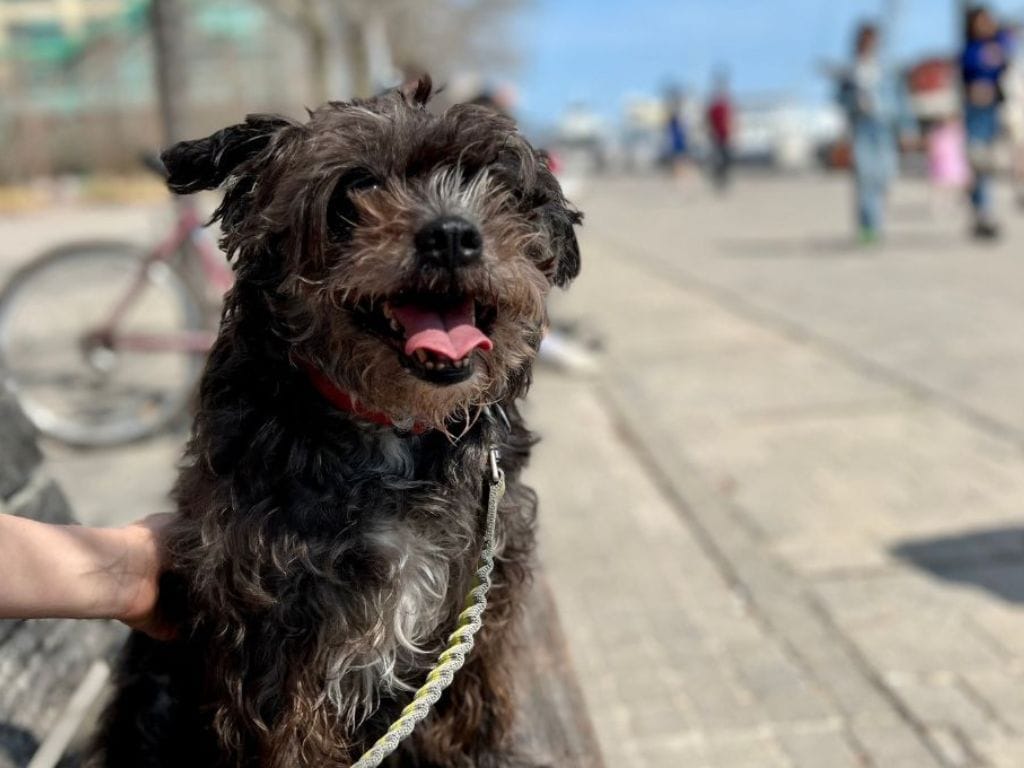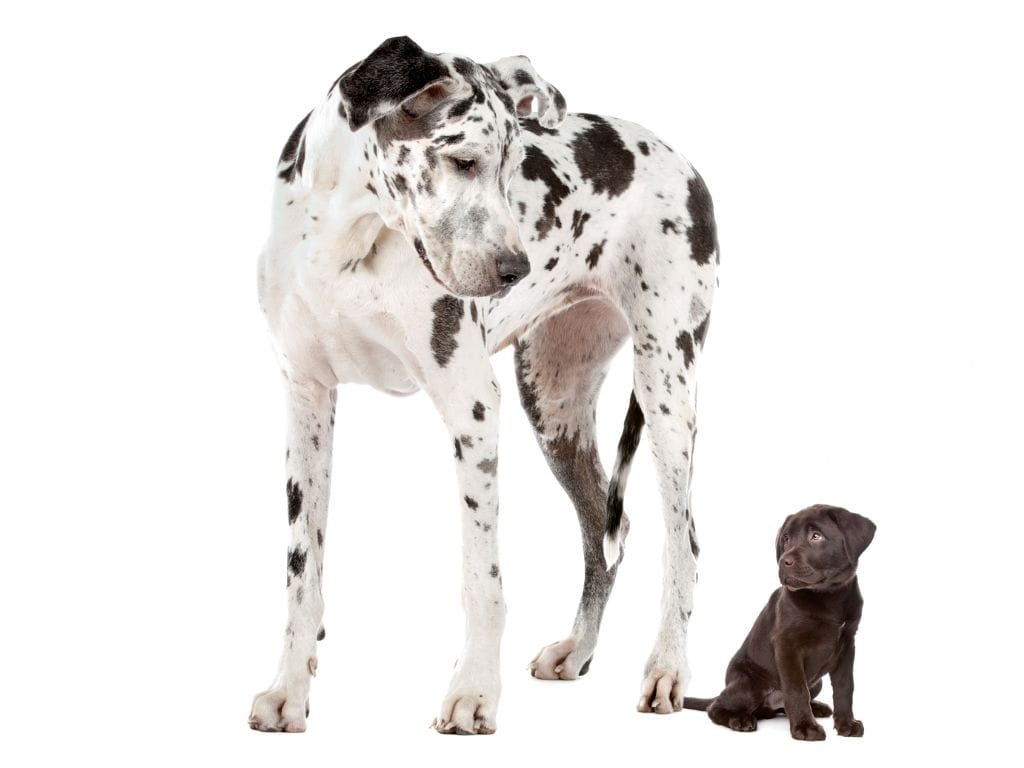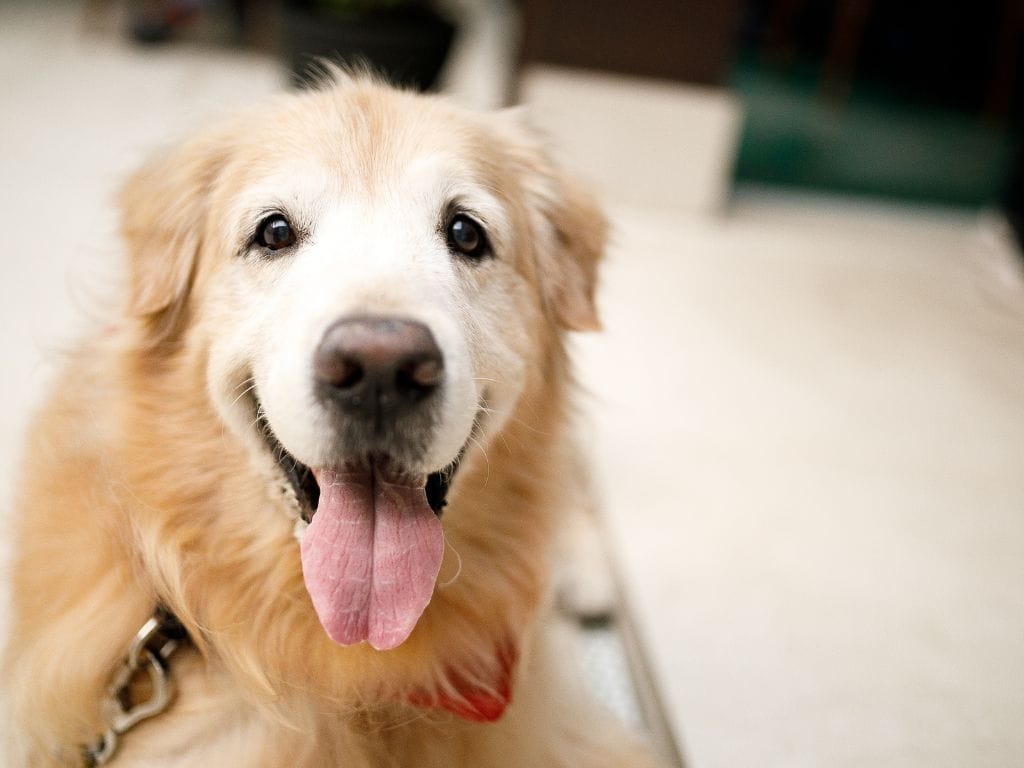When is a Dog Considered a Senior & What to Expect?

As a rule of thumb, dogs who are 7 years old or older are considered seniors, although this may vary depending on factors such as their size and lifestyle, which can affect the life expectancy.
But, why is it important to be aware of when your dog has entered their senior years?
Many changes are happening in your dog’s body as they grow older, and adapting and supporting their bodies to work more efficiently will determine their long-term quality of life. Therefore, it is important to know when you should make these adjustments.
Let’s see what changes occur during senior hood and how can you ensure your dog experiences healthy aging.
Aging Factors: Size and Lifestyle
Size is a significant factor in determining the life expectancy of dogs because it affects their aging rate. Until the age of 2, all dog sizes tend to age at a similar speed, but after that the bigger the dog, the faster the aging process.

Size, of course, is not the only factor that dictates how long they will live. The dog’s lifestyle also plays an important role because it can either support or hinder their overall well-being. This includes nutrition, activity levels, mental stimulation, healthcare, etc.
Signs of Aging

Signs of aging are completely normal and nothing to worry about. These may include:
- White fur on the face which give them that distinguished wise look.
- Thicker paws as they have been walking many years by our side 🐾.
- They may take things a bit slower now.
- They may not see or hear as well as they used to.
- They will snooze more 😴.
- They may have behavioral changes such as excessive barking, forgetfulness, confusion, or even some irritability because some days they may need more attention from us.
Senior Dog Care
Nutrition
A veterinarian or pet nutritionist can help you design the best diet for your dog’s needs. Generally, this considers factors such as calorie requirements, protein intake, and specific health support.
Older dogs need to reduce their calorie intake to prevent weight gain and obesity-related health issues, as they move less now.
They also need more protein because their bodies become less efficient at synthesizing it. But they need high-quality protein sources, such as animal meat, because this will give less work for their kidneys.
In addition, specific supplements such as antioxidants, omegas, and probiotics can help boost their overall health.
Exercise and mental stimulation
Regular exercise is another key aspect of caring for any dog, including seniors. It helps maintain joint mobility, muscle mass, weight management, and brain health. Just make sure to adjust the intensity and duration of exercise to accommodate their abilities.
Here are some activities that you can try with your senior pooch:
- Gentle and short walks 🐕.
- Short training sessions.
- Enrichment toys such as food puzzles, Kong, snuffle mats, etc.
- Low-impact agility games.
Adapting the environment
You may need to make changes at home to ensure they feel comfortable and safe. Start by assessing what is their overall health status, and if they are having difficulty navigating at home.
For instance, you may want to change to an orthopedic bed if your dog is experiencing arthritis as it will provide extra support for their joints, or incorporate other mobility aids such as ramps, stairs, etc. to minimize the jumping and impact.
Other dogs experiencing cognitive decline can get stuck in small spaces. In these cases, it’s better to block off these areas or limit access to prevent accidents.
You may need to modify your dog’s feeding settings if you notice any changes in their eating patterns. For example, some senior dogs might suddenly stop eating from the bowl due to mobility problems. In this case, you can use elevated food stations to reduce the strain on the neck and back.
The adjustments will vary depending on the issues your dog is dealing with, but the idea is to compensate for their limitations with these changes.
Regular check-ups
While adult dogs may need yearly visits to the vet, senior dogs need at least twice a year check-up. This is because in these visits the vet can monitor your dog’s health status, catch any potential issues early, and provide appropriate treatments or interventions.
If your dog has been diagnosed with a condition or is receiving some type of treatment, your vet should instruct you on the frequency of the follow-up appointments.
Final Thoughts
Educating yourself on the aging process of dogs is important because it gives you information on what to expect and how to provide the best possible care for them.
Some days, senior dogs can be like puppies that require more attention and help from us, while other days, they can be super independent. Remember to be extra patient and adapt to the situation.
I wish your furry friends the best years ahead in their golden age, filled with love, joy, and good health. 💖🐶

Comments ()